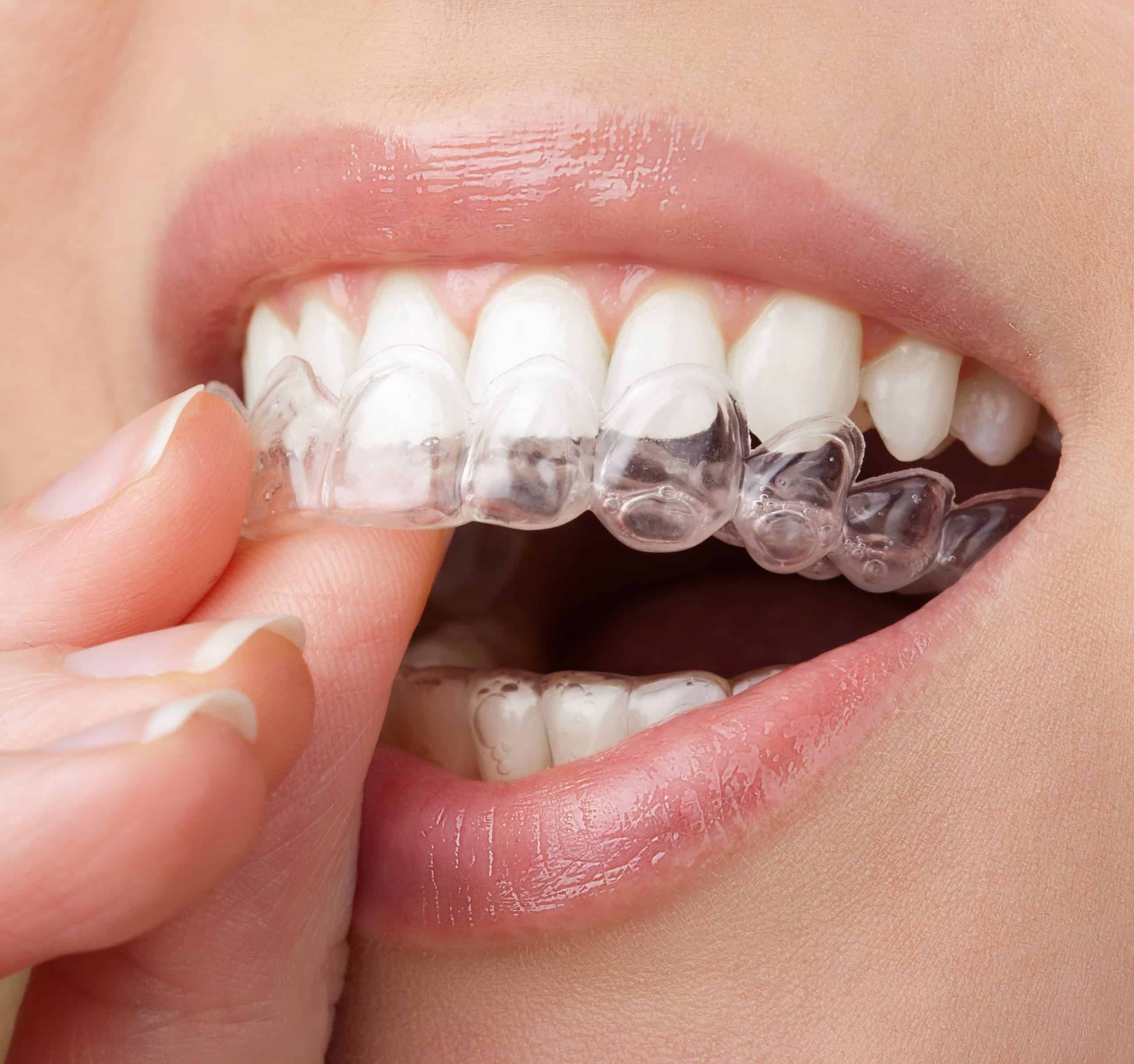Invisible aligners are the newest thing that is grabbing attention in dentistry. This is due to their discreteness and effectiveness. In a world of miracles, Invisalign may be the most miraculous invention for people who want straight teeth without wearing big, sticky metal bands. So once you’ve consulted and decided that Invisalign will work for you.
Invisalign Attachments and retainers have made it possible for people to straighten their teeth with Invisalign. Although they are often invisible, these pieces give your mouth much more power than might seem first apparent. And if you have any other questions about getting set up, we’d be happy to help! However, patients should also recognize that they may need a little longer for treatment without attachments.
Unveiling the magic of Invisalign Attachments – the subtle architects shaping your perfect smile, silently at work and achieving remarkable results.
What Are Invisalign Attachments?
Invisalign attachments, or aligner attachments or buttons, are small tooth-colored bumps made of dental bonding material. They are in specific places on particular teeth during the Invisalign treatment process, strategically positioned to help align teeth. These attachments serve as anchor points or handles for the aligners to put pressure on the teeth in the right places. They move them into positions that will straighten them out without pain.
How Do They Work?
The primary purpose of Invisalign attachments is to make aligners exert an extra nudge or leverage by gripping better. In contrast with conventional braces, which use brackets and wires to move teeth around, the Invisalign aligners are composed of clear plastic trays designed to guide your teeth into place over time smoothly.
While worn, aligners press against the attachments, forcing the teeth with the necessary strength. The point pressure of the attachments aids in moving the teeth incrementally toward their ideal positions day after day. The attachments function like handles that allow greater precision in pushing, pulling, and rotating the teeth by aligners.
Types of Invisalign attachments
There exist various Invisalign Attachments in different shapes and sizes to fulfill particular movements for the results one wants to achieve. Common examples include:
Rectangular Attachments:
For moving teeth up or down–in other words, intruding or extruding teeth.
Round Attachments:
These attachments were made for rotational movements. They help in correctly positioning teeth.
T-shaped Attachments:
Tooth tipping is a consequence of some movements. These attachments are ideal for achieving controlled tipping movements to adjust a tooth’s position angle.
Hook-shaped Attachments:
These can be attached directly to elastics and rubber bands, allowing for adjustment of the bite.
The number and location of attachments you need–and what type–will depend on your dental configuration.
Invisalign Attachments Treatment
The Invisalign attachments treatment process usually begins with a consultation with an orthodontist or dentist trained in Invisalign treatment. During this first visit, the orthodontist will appraise the patient’s dental condition and make a course of treatment to meet their needs.
If the orthodontist deems them necessary, he will take impressions or digital scans of the patient’s teeth to make the aligners designed for their mouths and determine their proper position. The attachments are fastened to the teeth firmly and carefully with dental adhesive.
Once the attachments are in place, wear a new set of aligners every two weeks. Each aligner moves and shifts the teeth to bring them closer to their final occurrences. During the treatment process, an individual interested in achieving some straightening of their teeth must put the aligners back into their mouths at least 20-22 hours per day, and they can only be taken out to eat, drink, brush, or floss.
Since scheduled check-ups with the orthodontist will be a part of the essential process, supervisors can monitor how things are going. In certain instances, further attachments or modifications of attached ones may be necessary to improve on results.
Invisalign Attachments is Worthy?
For future Invisalign patients, a common problem is to wonder Are Invisalign Attachments Worthy? can be worn unnoticeably. It’s true that attachments may be slightly visible from a short distance away, primarily upon scrutiny. However, no traditional metal braces can be worn on your face!
Furthermore, attachments facilitate the movement of teeth by holding them against one another in the desired direction and create a more predictable result. Many patients find that the minor irritation of attachments is worth the long-term benefits of a straighter, healthier smile.
In the Nutshell
Invisalign Attachments are crucial to the outcome of Invisalign treatment, facilitating more precise tooth movements and predictable results. While they may take a little acclimating to, regardless of how they feel in terms of use, the benefits of them in terms of effectiveness for what they offer to the individual–and then there is also their discreteness. Patients should not avoid attachments when considering wearing aligners to straighten their smile! They are essential mechanisms for achieving the smile they have always desired. Suppose you are looking to opt for this. Dr. Savita Chaudhary can help you. Connect and get your treatment done.




